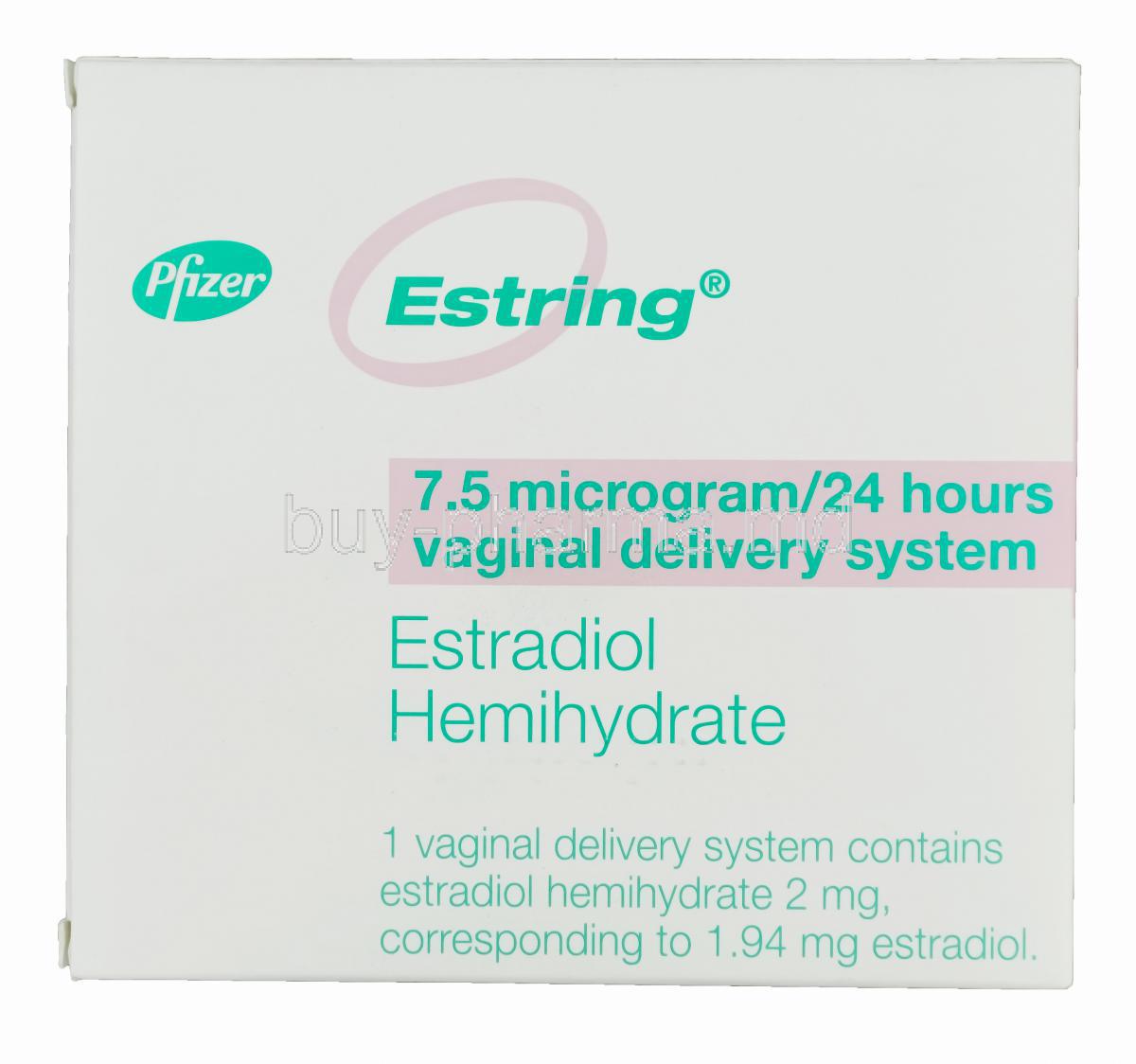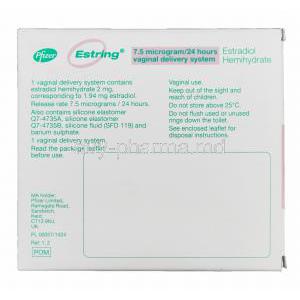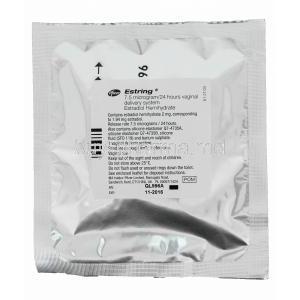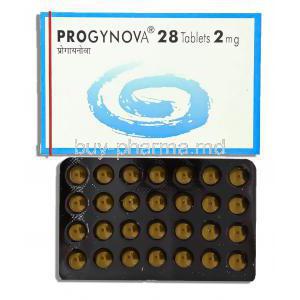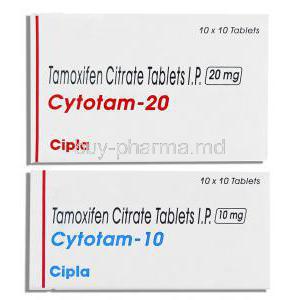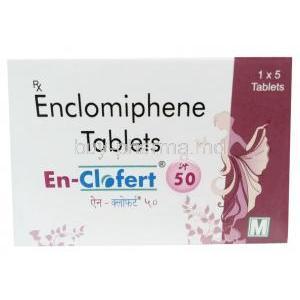1. Introduction to Estring Vaginal Ring
Overview of Estring: Local Estrogen Therapy for Genitourinary Symptoms
Estring Vaginal Ring is a prescription device designed to deliver low-dose estrogen directly to the vaginal tissues. It offers effective relief for genitourinary symptoms of menopause, such as dryness, irritation, and discomfort during intercourse, by replenishing local estrogen levels.
Historical Background and Regulatory Approvals
Estring received approval from the U.S. Food and Drug Administration (FDA) and European Medicines Agency (EMA) in the late 1990s. Its introduction marked a significant advancement in localized hormone replacement therapies, offering an alternative to systemic estrogen products.
Comparison with Other Estrogen Delivery Systems
Unlike estrogen creams and oral tablets, Estring ensures:
- Consistent hormone delivery
- Minimal systemic absorption
- Lower risk of systemic side effects
Its long-acting design allows for less frequent dosing and improved compliance.
Target Demographic: Postmenopausal Women with Vaginal Atrophy
Estring is primarily indicated for postmenopausal women experiencing vulvovaginal atrophy due to estrogen deficiency. It is particularly useful for those who prefer a discreet, maintenance-free option.
2. Composition and Formulation of Estring
Active Ingredient: Estradiol Hemihydrate (2 mg per Ring)
Each Estring contains 2 mg of estradiol hemihydrate, a synthetic form of the natural female hormone estrogen. It mimics the body’s own estrogen to help restore the integrity of vaginal tissues.
Release Mechanism: Controlled Release over 90 Days
The ring is engineered to release a steady 7.5 micrograms of estradiol per 24 hours. This continuous delivery maintains optimal estrogen levels in the vaginal area without causing systemic hormone fluctuations.
Inactive Components and Polymer Matrix
The ring is made from a soft, flexible silicone elastomer matrix that holds and releases the active ingredient. This material is inert, biocompatible, and designed for prolonged contact with the vaginal mucosa.
Ring Design, Dimensions, and Biocompatibility
Estring is circular, measuring approximately 5.5 cm in diameter. Its elasticity allows for easy insertion and retention within the vaginal canal. The device is hypoallergenic and does not contain latex.
3. Mechanism of Action: How Estring Works
Estradiol's Role in Restoring Vaginal Epithelium
Estradiol stimulates the proliferation and maturation of vaginal epithelial cells. It increases blood flow, enhances glycogen content, and supports the growth of protective lactobacilli.
Localized Estrogenic Effect without Significant Systemic Absorption
Estring exerts its effect mainly at the site of application. Blood estrogen levels remain within the postmenopausal range, reducing the risks associated with systemic estrogen therapy.
Impact on Vaginal pH, Moisture, and Elasticity
The product helps restore normal vaginal pH (acidic environment), rehydrates tissues, and improves elasticity—thus relieving painful intercourse and promoting vaginal health.
Timeline of Symptom Relief After Insertion
Symptom improvement is often reported within 2–3 weeks of use, with full therapeutic benefit usually achieved by 8–12 weeks.
4. Approved Medical Uses of Estring
Treatment of Vaginal Atrophy Due to Estrogen Deficiency
Estring is indicated for the treatment of vulvovaginal atrophy in postmenopausal women, especially when symptoms significantly affect quality of life.
Relief from Genitourinary Syndrome of Menopause (GSM)
Estring effectively treats GSM-related symptoms, such as:
- Vaginal dryness and irritation
- Burning or itching
- Urinary urgency and discomfort
Management of Symptoms: Dryness, Itching, Burning, Dyspareunia
Clinical trials have shown significant improvement in both subjective symptoms and objective vaginal cytology.
Supportive Therapy in Women with Premature Menopause
In cases of surgical or idiopathic premature menopause, Estring offers a targeted hormonal replacement to alleviate genitourinary complications.
5. Off-Label Uses of Estring Vaginal Ring
Use in Breast Cancer Survivors Under Medical Supervision
Under oncologist oversight, Estring may be cautiously used in select breast cancer survivors experiencing severe vaginal atrophy not relieved by non-hormonal therapies.
Adjunct Therapy for Urinary Incontinence or Urgency
Some studies suggest local estrogen therapy can enhance urethral tone and reduce episodes of urgency and stress incontinence.
Use in Transgender Women for Localized Estrogen Effect
Although not officially approved, Estring may be explored as a supportive option in transgender women seeking to enhance local estrogenic effects during transition.
Investigational Use in Certain Pelvic Floor Disorders
Localized estradiol is being studied for its role in improving tissue resilience in pelvic organ prolapse and vaginal wall support.
6. Dosage and Administration Guidelines
Standard Dosage: One Ring Every 90 Days
Each ring is designed for continuous use over a 90-day period, after which it should be replaced with a new one if ongoing treatment is necessary.
Step-by-Step Guide to Insertion and Removal
- Wash hands thoroughly before handling the ring.
- Fold the ring and gently insert it into the upper third of the vagina.
- To remove, hook your finger around the ring and gently pull it out.
No special positioning is required during insertion.
Best Practices for First-Time Users
First-time users should consult with their healthcare provider for insertion technique guidance. It may be helpful to lie down or squat during insertion.
Timing with Menstrual Cycle or Hormone Therapy
Although intended for postmenopausal women, if used in other contexts, initiation timing should align with the patient's hormonal therapy regimen.
7. Side Effects of Estring Vaginal Ring
Overview of Local and Systemic Side Effects
While most side effects are localized and mild, users should remain vigilant for systemic symptoms, particularly with prolonged use.
Common Side Effects: Vaginal Irritation, Discharge, Spotting
Frequently reported issues include:
- Vaginal itching or irritation
- Increased vaginal discharge
- Intermittent vaginal spotting
Rare but Serious Risks: Endometrial Hyperplasia, Thromboembolic Events
Though rare, systemic absorption in sensitive individuals may lead to:
- Endometrial thickening
- Venous thromboembolism
- Breast tenderness or changes
How to Report Adverse Effects
Patients should report side effects to their healthcare provider or national pharmacovigilance centers. In the U.S., the FDA's MedWatch system is available for this purpose.
8. Drug Interactions and Potential Complications
Interaction with Systemic Estrogen Therapies
Using Estring concurrently with oral or transdermal estrogens may increase estrogen exposure beyond safe thresholds. Medical supervision is essential.
Use with Antifungal or Antibacterial Vaginal Medications
Simultaneous use of intravaginal antibiotics or antifungals may alter the ring’s hormone release profile or cause local irritation.
Effect on Hormonal Contraceptives
Estring is not a contraceptive and does not inhibit ovulation. It does not interfere with the effectiveness of systemic birth control methods but should not be used as a substitute.
Drug-Laboratory Interference (e.g., Liver Function Tests
9. Contraindications: When Not to Use Estring
Known or Suspected Estrogen-Dependent Malignancy
Estring should never be used in individuals with a known or suspected history of estrogen-sensitive cancers, such as breast or endometrial carcinoma. Estrogen exposure may exacerbate tumor growth or recurrence in hormone-responsive tissues.
Active or Recent Thromboembolic Disorders
Patients with active or recent deep vein thrombosis (DVT), pulmonary embolism (PE), or other thromboembolic events should avoid Estring. Estrogens can increase the risk of clot formation, particularly in those with underlying vascular disorders.
Unexplained Vaginal Bleeding
Estring is contraindicated in any case of unexplained vaginal bleeding. A thorough evaluation must be conducted to rule out endometrial pathology or malignancy before initiating estrogen therapy.
Liver Dysfunction or Disease
Impaired hepatic function can alter estrogen metabolism, potentially increasing systemic exposure and adverse effects. Estring should not be used in women with acute or chronic liver disease, including hepatic tumors.
Known Hypersensitivity to Estradiol or Ring Components
Women with a history of allergic reactions to estradiol, silicone elastomers, or other components of the ring must not use Estring. Hypersensitivity reactions may present as rash, swelling, or respiratory symptoms.
10. Warnings and Important Precautions
Risks of Systemic Absorption in Sensitive Individuals
While Estring is formulated for local estrogen delivery, systemic absorption can still occur, particularly in sensitive or low-weight individuals. Regular monitoring may be necessary in long-term users.
Monitoring Endometrial Status in Long-Term Use
Though Estring is a local therapy, prolonged use can influence endometrial tissue in susceptible individuals. Periodic endometrial assessment is advised, especially in patients with a uterus who experience spotting or breakthrough bleeding.
Avoidance in Women with a History of Breast or Uterine Cancer
Even localized estrogen exposure poses theoretical risks for women with a history of hormone-dependent cancers. Alternative non-hormonal therapies should be considered for symptom relief in these populations.
Warning Signs That Require Immediate Medical Attention
Users should seek urgent medical care if experiencing:
- Sudden leg pain or swelling (possible DVT)
- Severe headache or vision changes (possible stroke)
- Chest pain or shortness of breath (possible PE)
- Jaundice or dark urine (possible liver impairment)
11. Careful Administration in Special Populations
11.1 Use in Elderly Women
Considerations for Vaginal Thinning and Fragility
Postmenopausal atrophy is often more pronounced in older women, making insertion potentially more uncomfortable. Gentle technique and lubrication may be required during ring placement.
Monitoring for Systemic Effects Due to Age-Related Changes
Aging alters drug metabolism and sensitivity. Elderly patients should be closely observed for systemic symptoms such as breast tenderness or fluid retention, even with local therapy.
11.2 Use During Pregnancy and Lactation
Pregnancy Category: Contraindicated
Estring is contraindicated during pregnancy. Estrogen exposure during gestation can lead to fetal abnormalities, particularly concerning the development of the reproductive organs.
Risks of Fetal Exposure to Estrogen
Accidental use during early pregnancy may interfere with fetal development. If pregnancy is suspected, the ring should be removed promptly, and the patient referred for medical evaluation.
Effects on Breast Milk Production and Infant Safety
Estrogens can inhibit lactation by suppressing prolactin secretion. Estring use during breastfeeding is discouraged due to the unknown risks of minimal hormone transfer through breast milk.
11.3 Use in Pediatric Populations
Not Indicated for Children or Adolescents
Estring is exclusively intended for use in postmenopausal women. Its use in premenarchal or adolescent populations is not supported by clinical evidence.
Lack of Safety Data in Premenopausal Individuals
There is insufficient safety and efficacy data regarding Estring's use in younger individuals. Off-label use in premenopausal women is not recommended.
12. Overdose and Emergency Measures
Unintentional Ingestion or Multiple Ring Use
Although rare, accidental ingestion of the Estring or simultaneous use of more than one ring can lead to excessive estradiol exposure. Immediate medical attention is warranted in such cases.
Signs and Symptoms of Estrogen Overdose
Overdose symptoms may include:
- Nausea or vomiting
- Breast tenderness or enlargement
- Abdominal cramps
- Vaginal bleeding or spotting
Immediate Steps and When to Seek Medical Help
Remove any excess rings if present. Seek emergency medical evaluation, especially if systemic symptoms appear or if ingestion is suspected in children.
Poison Control Recommendations
In the U.S., contact the Poison Help Line at 1-800-222-1222. Prompt consultation is crucial for assessment and potential decontamination or treatment guidance.
13. Storage and Handling Instructions
Ideal Storage Conditions (Temperature, Moisture)
Store Estring at controlled room temperature between 15°C and 30°C (59°F to 86°F). Keep the product in its original packaging until use to protect it from moisture and contamination.
Shelf Life and Expiration Tracking
Check the packaging for the expiration date. Do not use the ring beyond the stated expiry, even if it appears intact.
Safe Disposal of Used Rings
Used Estring rings should be placed in a sealed container or bag before disposal in household trash. Do not flush down the toilet or discard in open environments.
Avoidance of Contamination and Reuse
Estring is a single-use product. Never attempt to clean and reuse the device. Improper handling increases the risk of infection and reduces therapeutic efficacy.
14. Handling Precautions for Users and Caregivers
Hygiene Measures During Insertion and Removal
Always wash hands thoroughly before and after handling the ring. Optional use of gloves may further minimize contamination.
Handling with Clean Hands or Medical Gloves
If assistance is required, caregivers should use disposable medical gloves to ensure aseptic technique during placement or removal.
Precautions to Prevent Displacement or Expulsion
Proper placement high in the vaginal canal reduces the risk of expulsion. Avoid heavy lifting or straining shortly after insertion, and consult a provider if the ring is displaced.
Counseling for Caregivers Assisting in Ring Placement
Caregivers supporting patients with physical or cognitive impairments should be trained on safe insertion and removal techniques. Emphasis should be placed on maintaining dignity and minimizing discomfort.

